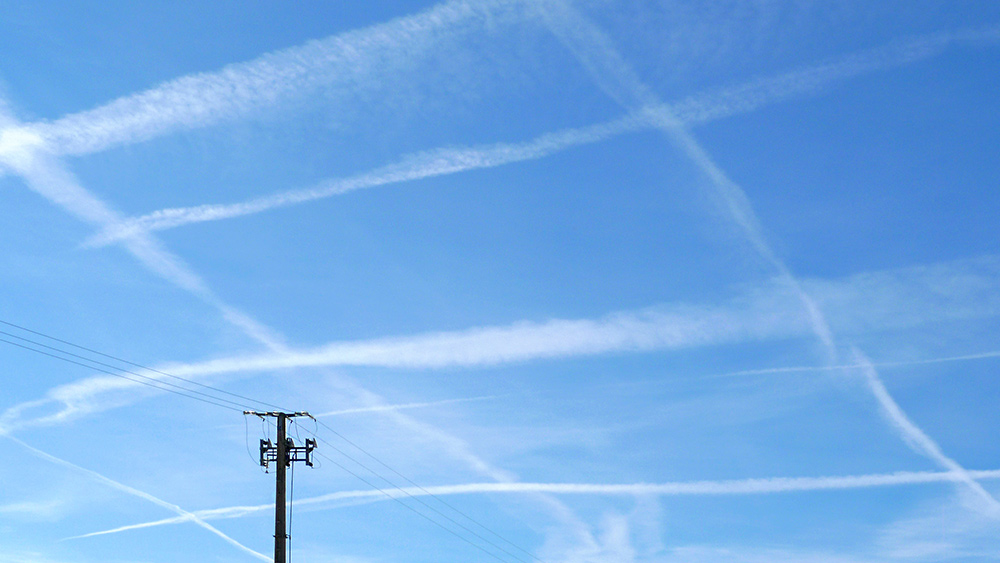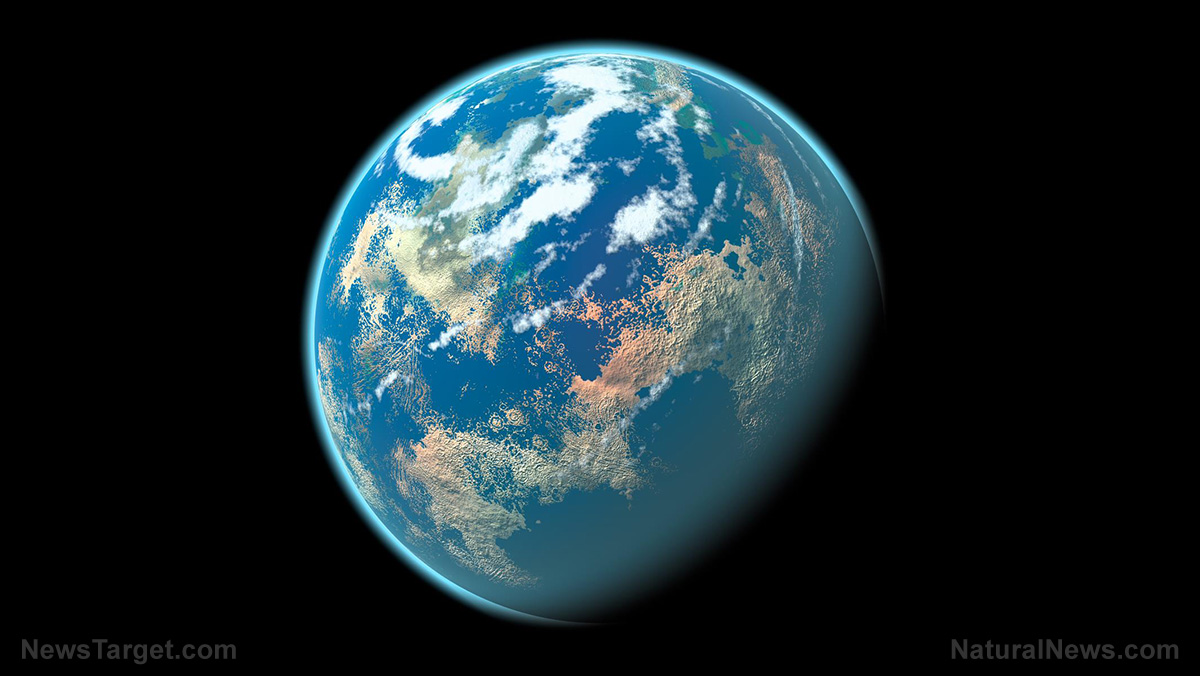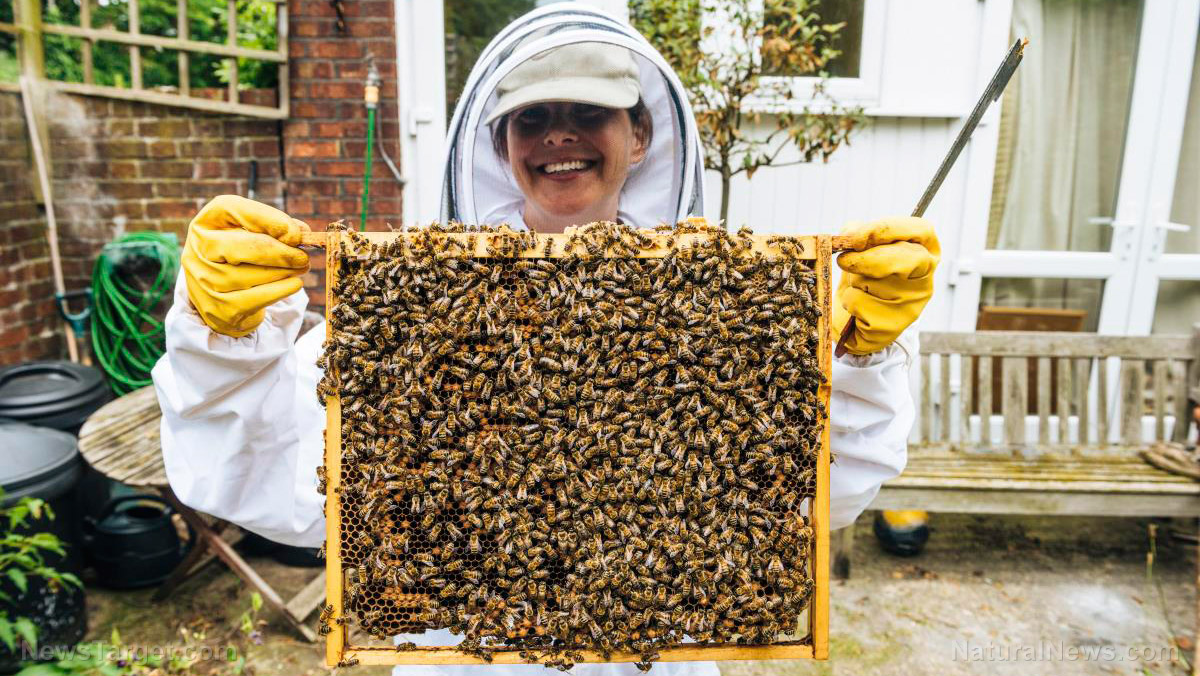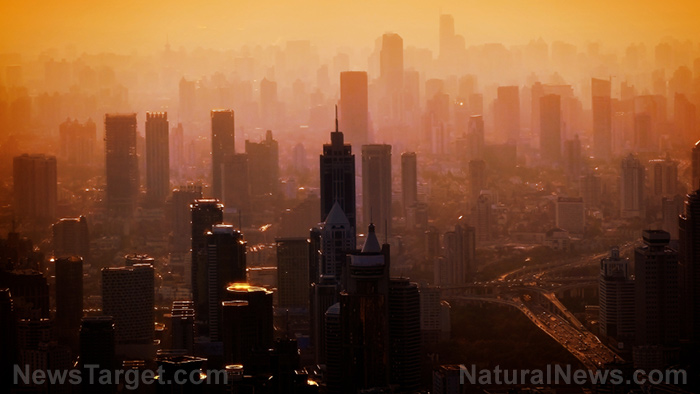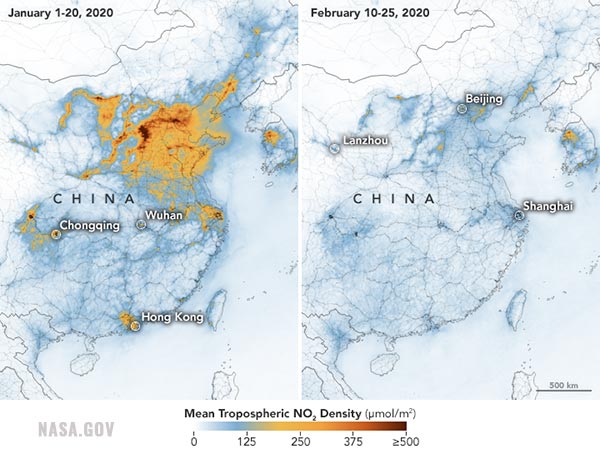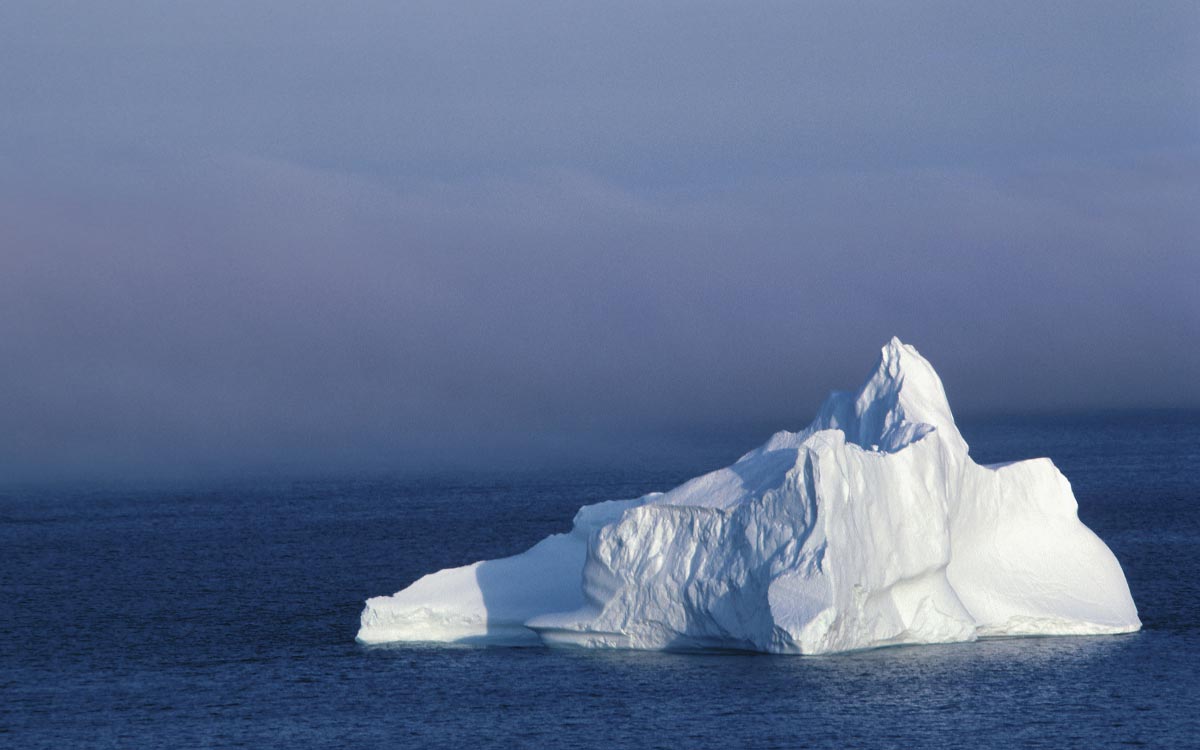Study: A US-Russia war could cause a 10-year “nuclear winter” with disastrous global consequences
06/25/2020 / By Arsenio Toledo
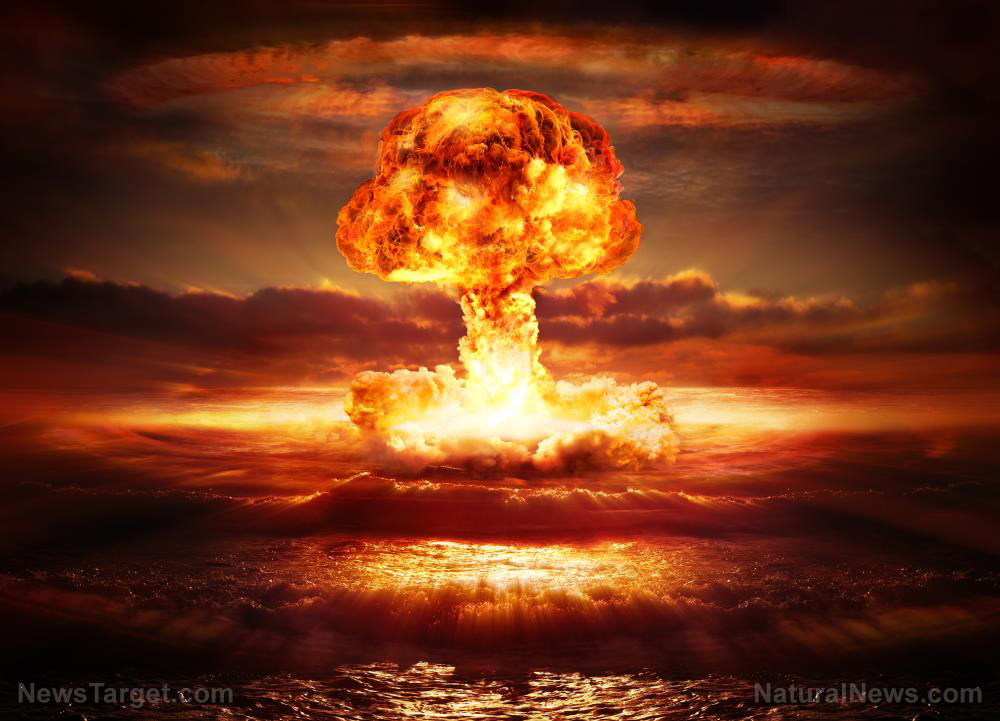
During much of the 20th century, the threat of an all-out nuclear war loomed in every corner. After the collapse of the Soviet Union and the end of the Cold War, this fear dissipated. However, the dangers still exist, as the United States, Russia and several other nations including China, France and the United Kingdom, still maintain nuclear arsenals that, if many are detonated at the same time, could plunge the world into a nuclear winter. And, according to researchers, this nuclear winter could last as long as 10 whole years.
A nuclear winter is a theoretical climate scenario that scientists predict might come as a result of a large nuclear exchange between two superpowers. A nuclear winter comes about when the dust kicked up by the nuclear explosions blots out the sun, causing global temperatures to drop from a lack of exposure to the Earth’s primary source of heat. This global temperature drop would kill lush and bountiful environments.
The soot produced by nuclear strike can make global temperatures plummet
According to researchers who published their findings in the Journal of Geophysical Research: Atmospheres, after a massive nuclear exchange between the United States and Russia, the world could experience a decade of destruction. They estimate that this decade-long nuclear winter could wreak havoc on temperatures, precipitation and sunlight exposure worldwide.
To come to their conclusions, the researchers examined the current nuclear arsenals of the United States and Russia and simulated how the global climate would respond to an all-out nuclear war between the two.
They also noted that both population centers and cities with strategic value would most likely be the main targets of a nuclear strike. In this likely scenario, everything in the city would likely burn. The researchers estimate that these fires would inject around 147 million tons of soot into the atmosphere. This soot would reduce sunlight exposure significantly and average surface temperatures around the world would drop by 16.2 F.
Furthermore, the researchers predict that it would take around seven years for the soot to begin visibly clearing from the atmosphere, and another three years for sunlight exposure to return to normal levels.
Watch this Natural News video and find out about the 10 foods preppers need to grow to reduce the long-lasting health effects of radiation on the body.
Black carbon’s effects on the food chain would be catastrophic
Joshua Coupe, an atmospheric science doctoral candidate at Rutgers University, said that all the nuclear fires would likely produce “a very dirty, sooty smoke” known as black carbon.
Coupe points out that black carbon can absorb radiation “very, very efficiently.” Not only that, but black carbon is dangerous to human health, harms ecosystems and reduces agricultural productivity.
This sharp drop in agricultural output would cause the greatest famine the world could ever see. Even a limited nuclear engagement could potentially plunge the world into a nuclear famine. (Related: A nuclear exchange between Pakistan and India would lead to a global FOOD COLLAPSE from radiation clouds, causing starvation of one billion people.)
According to one study, published in the Proceedings of the National Academy of Sciences, a regional conflict that uses less than one percent of the world’s nuclear arsenal is predicted to decrease average global food production by 11 percent for up to five years.
Coupe and his colleagues conclude their research by stating that any kind of full-scale nuclear attack would be “suicidal,” and would have disastrous global consequences.
Furthermore, they recommend that politicians and other public officials understand the dire consequences that would come from starting a nuclear war.
Sources include:
Tagged Under: agriculture, black carbon, Climate, environment, food chain, food supply, national security, nuclear attack, nuclear war, nuclear winter, particulate matter, research, soot


